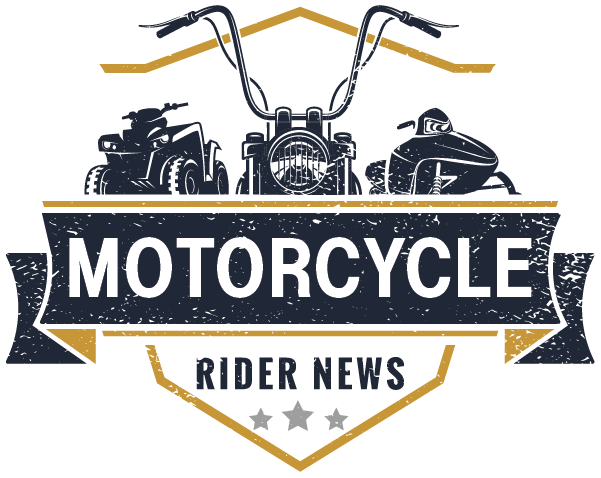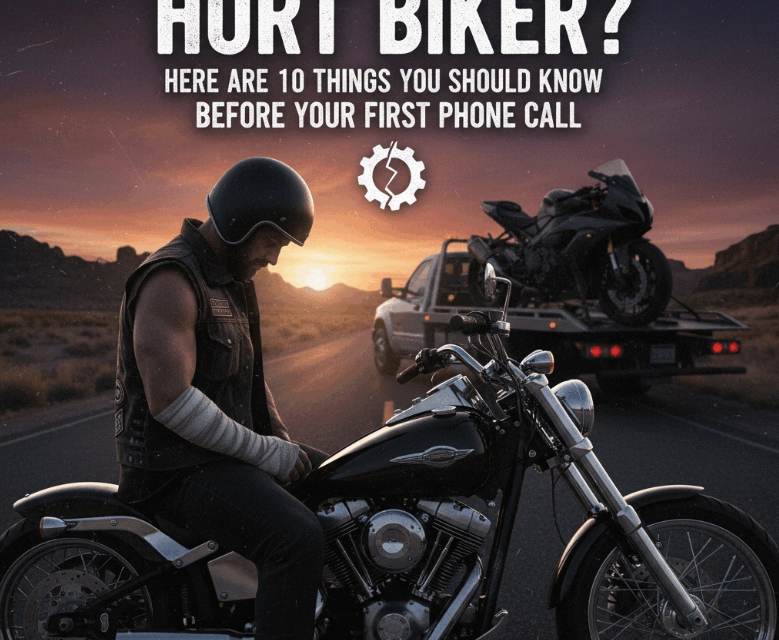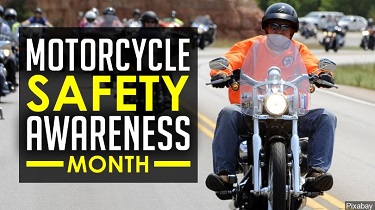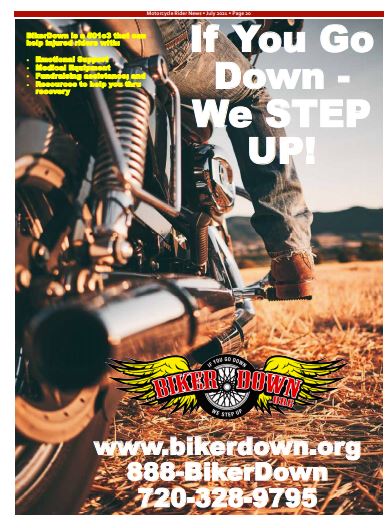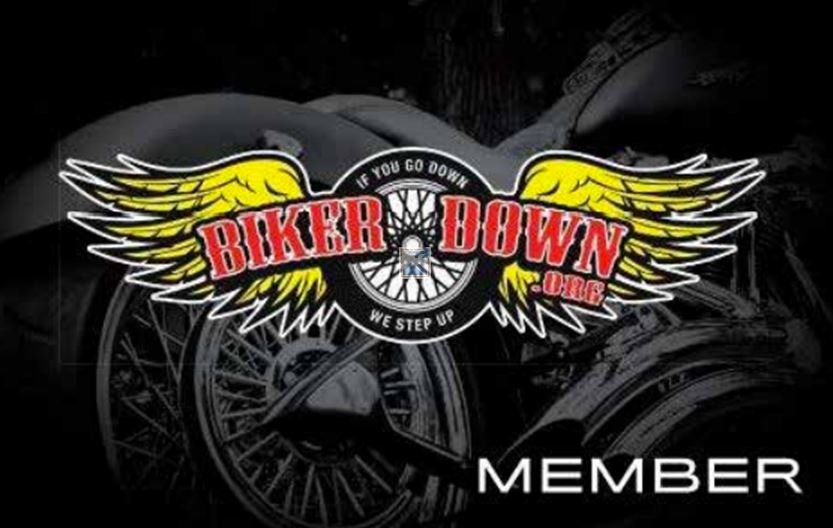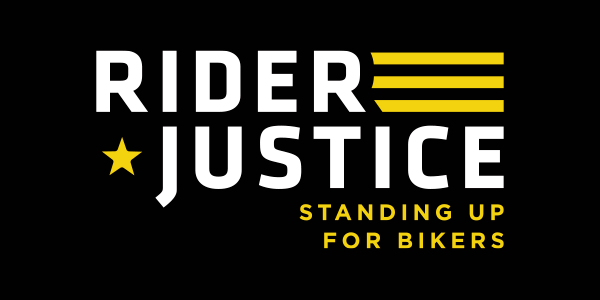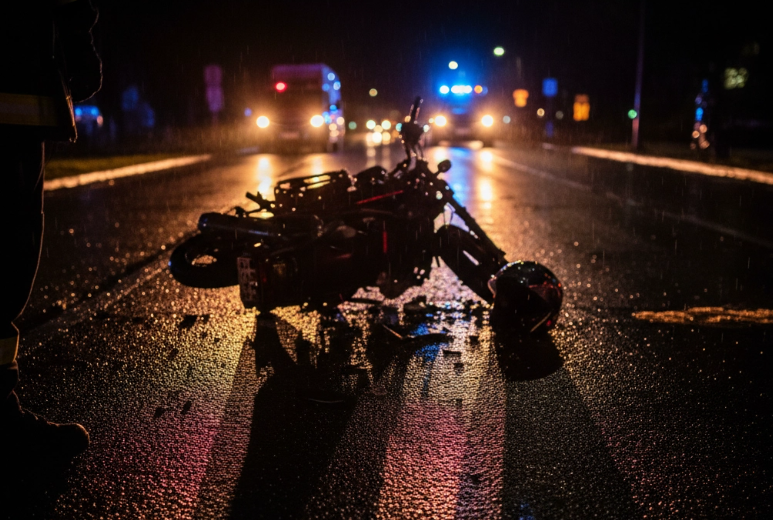 When Every Second Counts: What Every Rider Should Know at the Scene of a Crash
When Every Second Counts: What Every Rider Should Know at the Scene of a Crash
When a motorcycle crash happens, every second matters. As riders, we share a bond — and a responsibility — to look out for one another. But in those critical moments before first responders arrive, do you know exactly what to do?
At BikerDown Foundation, we’ve seen far too many crashes where well-meaning people made mistakes simply because they didn’t know the right steps. The truth is, your actions in the first few minutes can determine whether a fellow rider lives or dies.
This guide outlines a simple, proven system to help you manage a motorcycle crash scene safely and effectively — so you can protect lives while waiting for help.
🛑 1. Prevent Further Injury: Secure the Scene and Protect Yourself
Your first priority isn’t the injured rider — it’s keeping yourself and others safe.
Before you approach:
- Park safely and turn on your hazards.
- Use bikes or vehicles to block traffic only if it’s safe.
- Look for fuel leaks, power lines, blind corners, or other dangers.
Keep bystanders calm and away from the scene. You can’t help if you become the next victim. Securing the scene ensures everyone survives long enough for help to arrive.
👀 2. Assess the Situation and the Rider
Once the area is safe, approach the rider carefully.
- Kneel beside them and speak loudly but calmly: “Can you hear me?”
- Don’t shake them or remove their helmet.
- Look for signs of breathing — chest rise, air movement, or fogging on the visor.
If they respond, keep talking to them. If they don’t, check quickly for breathing. If they are not breathing and you can’t access their airway, follow your first aid training — otherwise, never remove a helmet.
Next, scan for severe bleeding. If you see heavy bleeding or blood pooling, apply direct pressure immediately using a clean cloth, your glove, or a bandana. Severe bleeding can kill within minutes — faster than most other injuries.
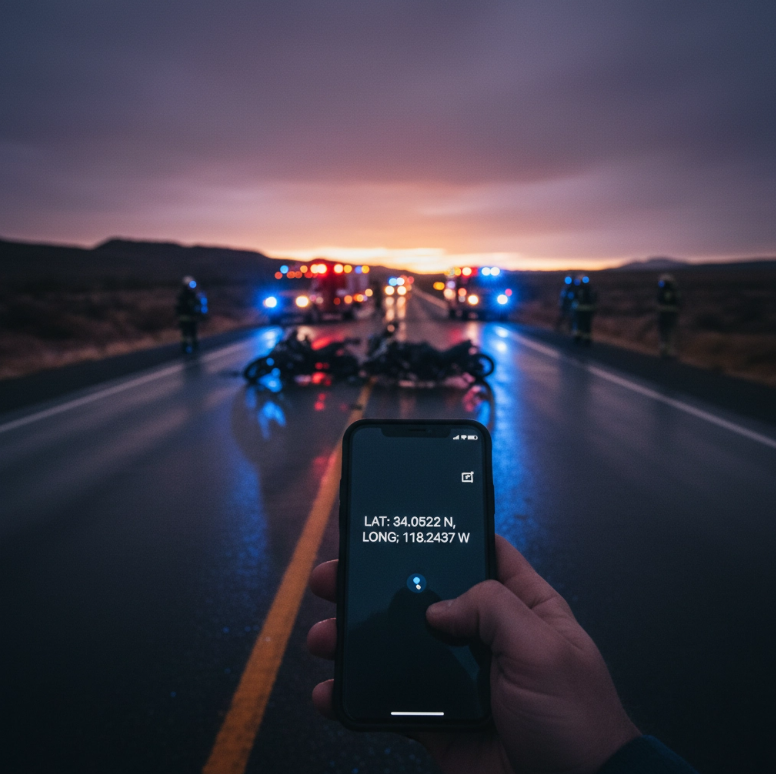 📞 3. Contact Emergency Services: Be Calm, Clear, and Accurate
📞 3. Contact Emergency Services: Be Calm, Clear, and Accurate
Once immediate dangers are managed, call 911 — or assign someone to do it. Every second you save in communication helps responders get there faster.
Have this information ready:
- Exact location (mile markers, GPS, or landmarks)
- Number of riders or vehicles involved
- Whether anyone is unconscious, not breathing, or bleeding heavily
- Hazards like fuel leaks, fire, or blocked traffic
If others are on scene, assign clear roles — one person controls traffic, one makes the call, one stays with the injured. Calm teamwork saves lives.
💊 4. Treat the Injured: Do What You Can, Don’t Cause Harm
While waiting for professionals to arrive:
- Control major bleeding with firm, steady pressure or a tourniquet if you’re trained.
- Monitor breathing and be ready to start CPR if needed.
- Keep the rider still and warm — cover them with a jacket or blanket to prevent shock.
- Stabilize their head and neck in line with their body and tell them not to move.
- Reassure them — your calm voice helps them stay conscious and less anxious.
Move the rider only if they are in immediate danger (for example, fire, explosion risk, or oncoming traffic). Even if they say they’re fine, always assume a spinal injury until medical professionals confirm otherwise.
🚑 5. Stay in Control Until Help Arrives
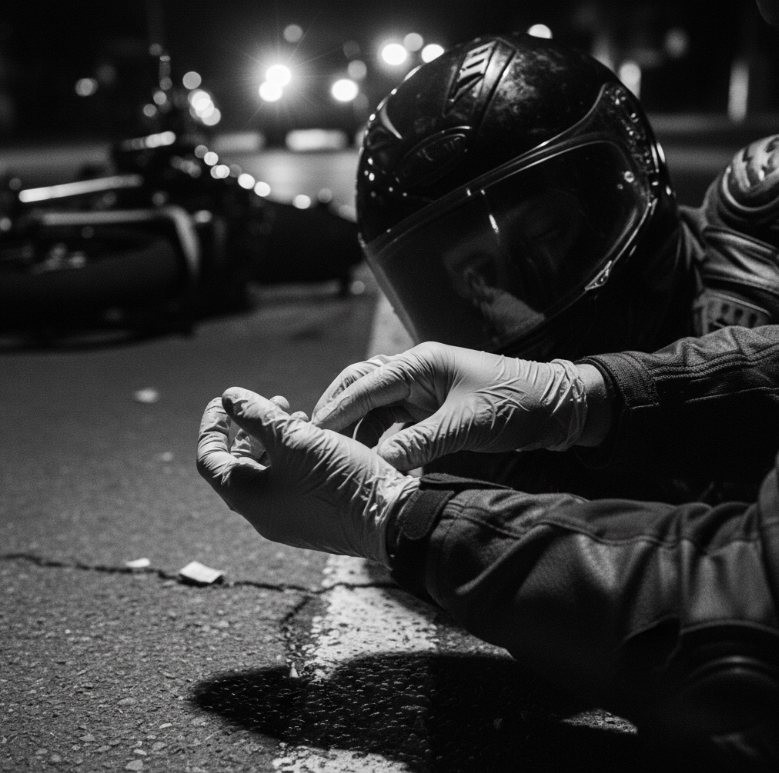 Stay on the phone with 911 until directed otherwise. The dispatcher may guide you through further steps or help assess the rider’s condition.
Stay on the phone with 911 until directed otherwise. The dispatcher may guide you through further steps or help assess the rider’s condition.
When emergency personnel arrive:
- Step back but stay nearby.
- Give a clear report: what happened, what you observed, and what care you provided.
- Follow directions from responders and let them take over.
You’ve done your part — you’ve helped stabilize the situation and may have saved a life.
🧠 Be Ready Before It Happens
You can’t predict when a crash will happen — but you can prepare for one. Every rider should know how to manage a crash scene, assess injuries, and provide basic first aid until EMS arrives.
We recommend that riders:
- Take a motorcycle-specific first aid or crash response course.
- Practice scene management steps so they become second nature.
- Carry a motorcycle trauma kit on every ride — it could save your life or someone else’s.
👉 You can purchase a BikerDown Trauma Kit specially designed for riders right here:
Buy Your Trauma Kit from the BikerDown Store
These kits are compact, affordable, and packed with the essential supplies you’ll need to handle the first few minutes after a crash — bleeding control, protective gloves, and more.
💬 Be the One Who Knows What to Do

You can purchase a trauma kit from BikerDown by visiting this link https://bikerdown.app.neoncrm.com/np/clients/bikerdown/product.jsp?product=20&
When the worst happens, it’s not about being fearless — it’s about being prepared.
When it’s your friend, your family member, or even a stranger lying on the pavement, will you know what to do?
Learn these steps. Practice them. Carry the right gear.
Because when every second counts, you could be the one who makes the difference.
Ride smart. Ride prepared. And always look out for your fellow riders.
💙 Join or Support BikerDown Foundation
